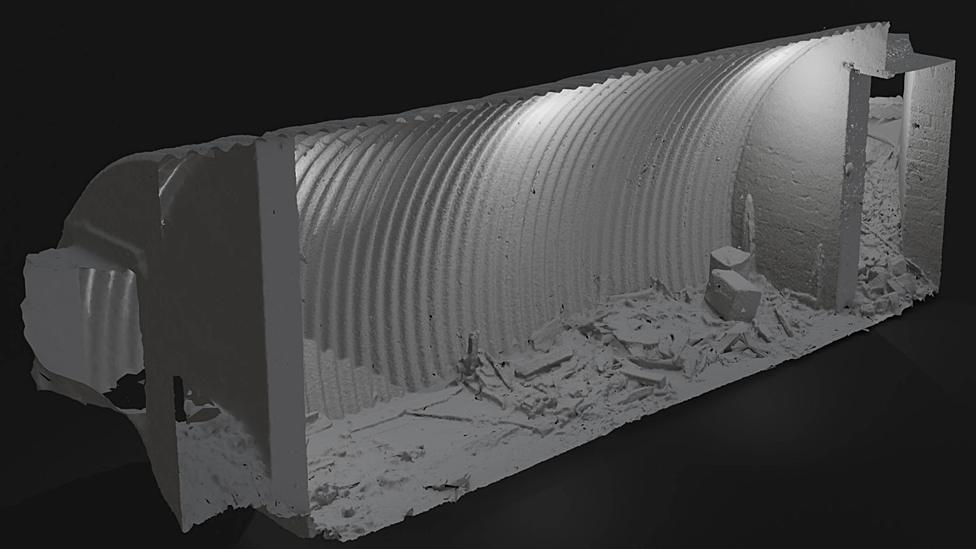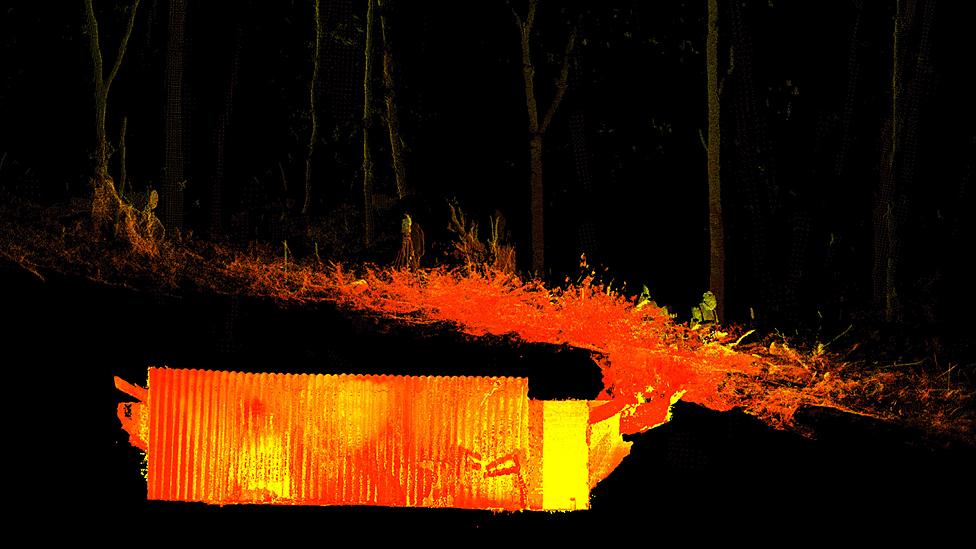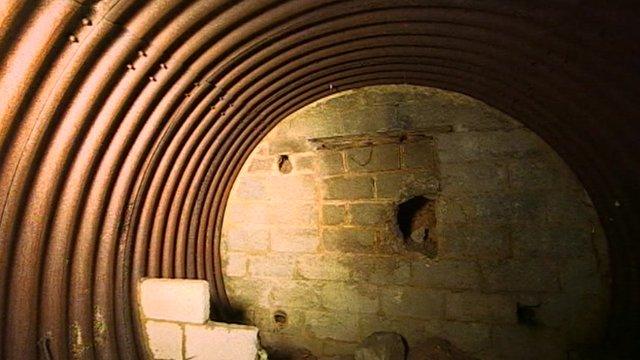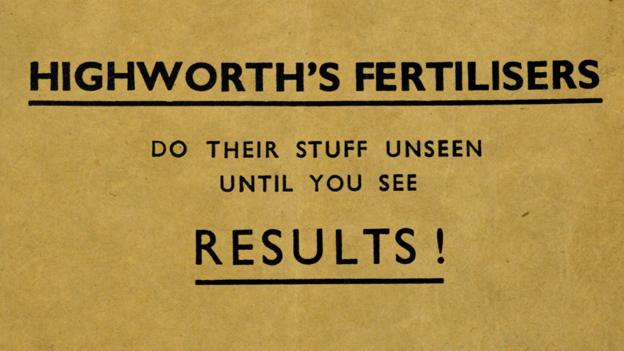Tree felling work uncovers WW2 underground bunker near Moffat
- Published

The underground bunker was uncovered in the Scottish Borders
A secret World War Two bunker has been unearthed during tree felling work in the Scottish Borders.
Forestry and Land Scotland (FLS) recently discovered the structure in Craigielands Forest near Moffat.
It is thought the bunker was used as a base for an Auxiliary Unit - sometimes known as Churchill's "secret army".
The specially-trained teams were often made up of local estate workers who knew the land in the area "like the back of their hand".

The units were meant to work behind enemy lines if the Nazis invaded
FLS archaeologist Matt Ritchie said: "This discovery gives us an insight into one of the most secretive units that were operating during WW2.
"It's quite rare to find these bunkers as their locations were always kept secret - most were buried or lost.
"From records, we know that around seven men used this bunker and at the time were armed with revolvers, submachine guns, a sniper's rifle and explosives."
Auxilliary Units had a nickname of "scallywags" and were given orders to fight to the death.
They were tasked with causing havoc behind enemy lines if the Nazis invaded.

No equipment from the time was found inside the bunker
When the units were stood down many joined the SAS or other special forces for D-Day and served with distinction.
The Borders bunker was found by FLS survey technician Kit Rodger.
"The bunker was missing from our records but as a child I used to play in these woods and visit the bunker so I knew it was there somewhere," he said.
"It was 40 years ago so I only had vague memories of the location and the vicinity had changed a lot and was overgrown with bracken.
"However, I stumbled across a shallow trench and this led to the bunker door."

The bunker was built to a standard design - measuring about seven metres (23ft) by three metres (10ft) - and accessed via a hatch at the end of a narrow passage.
An escape hatch was located at the other end of the bunker.
It would have contained bunk beds, a table and cooking stove and all the equipment needed - but none of those materials survived.
It is thought some broken timbers found on the floor could be from bed frames.
FLS said that due to the rarity and importance of the site as well as health and safety reasons the bunker was not open to the public and its exact location would be kept secret.
- Published11 November 2016

- Published8 August 2014

- Published24 October 2013
